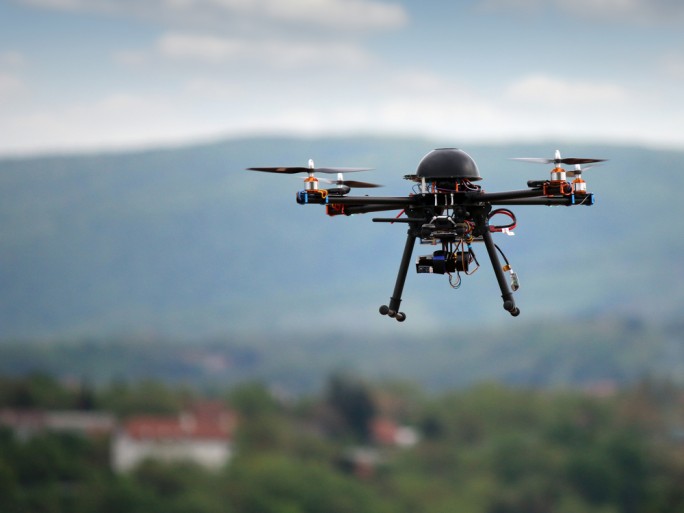Drones are big business, and thousands of you would have received your very own for Christmas this year.
The plummeting cost of components and the ease of buying remote controlled aircraft off the Internet has skyrocketed the use of consumer drones across the globe. Headlines are made every day, whether that’s new drones at CES, drones almost hitting passenger jets, or drones spying on unassuming victims.
The CAA (Civil Aviation Authority) has already prosecuted two drone operators in the UK for breaching safety regulations, with numerous other investigations ongoing. In October, a man was arrested for operating a drone over Manchester City’s football stadium in a match with Tottenham Hotspur.
Civil Aviation Authority
But what are the rules for drone flights when it comes to the UK, and specifically London? In the UK, drones fall under the authority of the Civil Aviation Authority CAA. The body’s rules on drones are:
- It must be kept within line of sight at all times by the pilot – this is usually considered to be 500 metres horizontally and 400 feet vertically. You’re also not allowed to work around the line of sight rule by having spotters or relying on someone not in control of the drone relaying messages about its position. Operation beyond the distances stated need special approval from the CAA.
- The pilot must not recklessly or negligently cause or permit an aircraft to endanger any person or property.
- Drones must not be flown within 150 metres of any congested area, within 150 metres of an outdoor assembly of more than 1,000 people, or within 50 metres of any individual except during take-off and landing. You’re also not allowed to fly drones within 50 metres of any other vehicle, structure or property that’s not under your control.
- Unmanned aircraft with a camera attached or built-in are classified as an unmanned surveillance aircraft, and are also subject to stricter rules regarding the operation. For example, if there’s a camera on-board, you’re not allowed to fly the drone within 30 metres of any inidividual, rather than 50 metres.
If you are recording people with a film or still camera loaded onto the drone, you will also have to abide to the Data Protection Act.
Drones in London?
A handy website, called noflydrones.co.uk, has been set up to help drone pilots in the UK see where they can fly, legally.
Taking a look at the London region, it’s clear to see Heathrow airport has a large impact on the city. In fact, most of the east of the city is designated as ‘controlled aerospace’, meaning that if you are operating a drone “above 7kg you must not fly in these areas without prior permission from the air traffic service provider controlling that airspace”.
Furthermore, if you are under 7kg, it is “strongly advised to notify the air traffic service provider of your activity”.
The red area, which particularly covers the actual centre of London, is designated as a HIRTA. No Fly Drones says: “The official definition is “An airspace of defined dimensions within which activities dangerous to the flight of aircraft may exist at specified time. HIRTA’s are High Intensity Radio Transmission Areas, flying through these areas could interfere with the electronics on board your drone.”
Looking further West, and closer to Heathrow, most of the area is back to blue.
No Fly Drones offers further nuggets of advice to drone pilots.
The website says: “Unless flying in accordance with the current CAA general exemption for FPV flight, Small unmanned aircraft should be flown in accordance with the following:
- <400ft vertically
- Within line of sight (typically <500m horizontally)
- CAP393 Air Navigation Order (including by not limited to Article 166 and 167)
Only those airspace restrictions that extend below 400ft are shown on the map above.”






